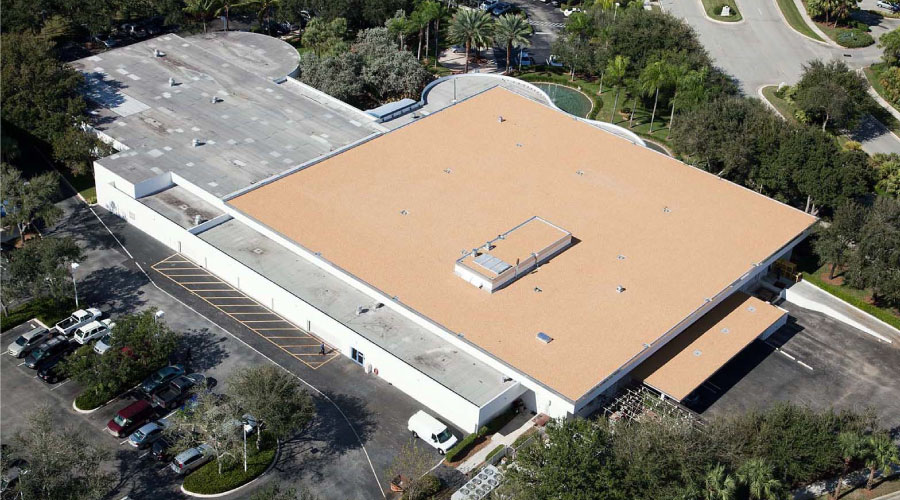Roofing: Recovery vs. Replacement
Successful recover or replacement projects depend on more than selecting the ‘right’ roofing system
Managing roofing systems is one of the most complex tasks facing maintenance and engineering managers. The combined effects of weather, time, and foot traffic, among other factors, conspire to wreak havoc on roofing systems and their components.
At some point, managers must face the fact that a roofing system requires more than just repair. The system’s condition, combined with mounting inspection and maintenance costs and the constraints on funding for such repairs, will prompt managers to either recover or replace the existing roof.
Though specifying the most appropriate type of new roofing system is an important step in the process, successful roof recover and replacement projects also demand that managers consider several key elements of the entire undertaking.
System specifics
Managers often decide to replace an existing roof with one of similar construction, but this decision might not be the best option. Each type of roof offers advantages and disadvantages, and the original roof might not have been the best choice for that application in the first place. Managers can select the most appropriate roof type by understanding the way different roof types perform in different circumstances.
Built-up roofs offer managers multiple-ply redundancy, which makes them puncture-resistant. They also tend to be easy to maintain, offer long service lives, and stand up to foot traffic. Initial cost, installation weight, and sensitivity to oil and grease are among their downsides.
Modified bitumen roof systems offer two-ply redundancy, making them more puncture-resistant than single-ply roofs. They are lighter than multi-ply roofs, moderately expensive, and offer moderate resistance to foot traffic.
Single-ply roofs cost less and weigh less than either built-up or modified bitumen systems, but they are less resistant to puncture and foot traffic. Given the punishment from time and exposure, their membranes can shrink, which can result in failed seams.
Data download
To make smart roofing decision on whether a recover or a replacement is the most appropriate option, managers need data. A comprehensive roof inspection and maintenance program can provide information on the system’s condition that will help managers make smart decisions. By understanding the condition of their roofs and the available options, managers can make the most appropriate decision for their particular application.
A review of the roof’s historical records is the first step in a roof condition assessment. When was the roof installed? Was it the original roof, or is it a replacement? If it is a replacement roof, was the original roof removed, or was the new roof installed over the previous system?
Managers next need to review the roof’s history inspection and repair history. Technicians should inspect all roofs twice annually, in the spring and again in the fall. In addition, they should conduct additional inspections following severe weather that might damage the roof.
Once inspection data is available, managers can analyze it to identify trends or the development of new issues related to the roof’s condition. Reviewing the data also will help identify corrective maintenance activities that workers can take to address the problem.
Reviewing the roof’s maintenance records also can give managers insights into the direction the roof’s condition is moving. Are the maintenance requirements increasing, decreasing, or remaining relatively flat? What types of defects are technicians discovering? Do the same defects show up in the maintenance records in the same location? Are workers performing the most appropriate repair activities for the reported problems?
The amount of time occupants use the building, whether they need regular access to the roof for their activities, and whether the organization has plans for the building’s renovations or even demolition also will factor into the manager’s decision.
These issues also can give managers a general feeling for the need for repair or replacement. If the data indicates that the roof is approaching the end of its service life, however, they will need more detailed information.
Related Topics:













